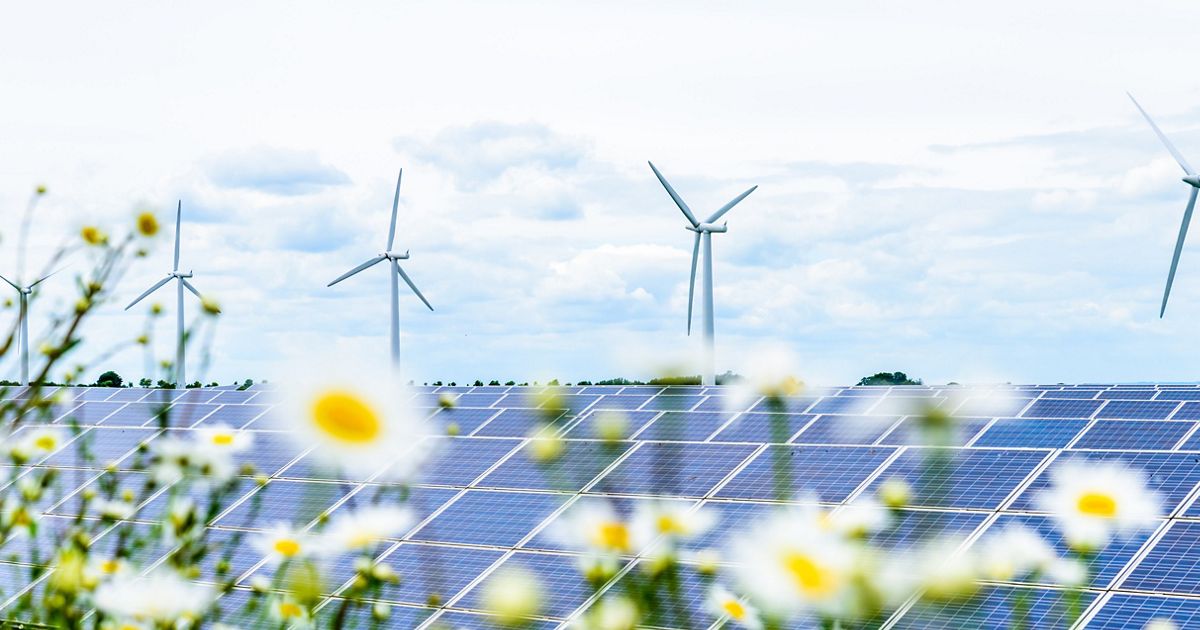
State laws and regulations vary across the Midwest in terms of incentivizing and discouraging renewable energy development. Here are three policy examples that may deter solar and wind projects:
-
In Ohio, the project-siting law (S.B.52) gives county or township governments the authority to veto large wind and solar developments.
-
In Michigan, utility-scale wind and solar projects must receive approval by local townships in Michigan.
-
In Indiana, companies are restricted in their ability to enter into third-party power purchase agreements, which limit a business’s ability to contract directly with wind or solar developers.
Additionally, community acceptance of the renewable buildout is inconsistent across the five Midwestern states studied and may vary considerably from township to township, further reducing the landscape of opportunity.
The most cost-effective and climate-forward scenario for businesses is to be able to obtain electricity from renewable resources near where their office buildings, factories, data centers and other properties are located—either through procurement or by building their own installations.
When states enact policies that slow down the renewable buildout, it not only makes it difficult for businesses to meet their clean energy targets and provide sustainably produced products, but it also curtails their ability to access federal tax credits, offered through the IRA, which can significantly lower the cost of building renewable projects. All of these challenges create an environment that reduces a company’s ability to maintain a competitive edge, which may jeopardize their status as a large local employer.
